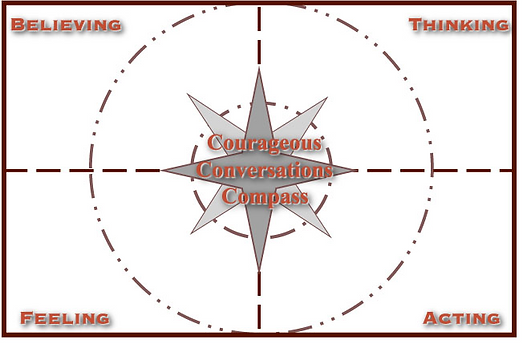Diversity Leadership
Diversity Leadership:
When it comes to diversity leadership, Thomas Perez said it best, “Our workforce and our entire economy are strongest when we embrace diversity to its fullest, and that means opening doors of opportunity to everyone and recognizing that the American Dream excludes no one”.
Diversity refers to the ways people differ from each other. These ways are significant and plentiful. Culturally, people vary in gender, age, ethnicity, race sexual orientation, educational background, religion, lifestyle, as well as veteran and/or immigrant status. Functionally, people vary in the ways we think, learn, process information, respond to authority, show respect and reach agreements (Pollar & Gonzalez, 1994.)
People differ in numerous ways, so what does that mean for businesses? Well, when work groups are comprised of people with different backgrounds, cultures and lifestyles, promoting teamwork and smooth interactions can be challenging. Finding new ways to work together will require thinking about people’s differences, not to divide, separate or exclude, but to take advantage of those differences (edchange, 2015).
One thing that I had the opportunity to see excel was the individual leadership team. As it is important to see a diverse steam instead of the status quo. Currently, and more so in the future, professionals must be culturally competent that is, they must possess a wide repertoire of skills and a broad cultural knowledge base to interpret and understand the world views, communication styles, and unique ways of "thinking, being and doing" of others. Further, professionals will be required to use this new knowledge, skills, and abilities to accurately assess needs and select the best strategies and techniques to manage the dynamics of difference within their changing organizations.
References
"EdChange - Multicultural, Anti-bias, & Diversity Activities & Exercises." EdChange - Multicultural, Anti-bias, & Diversity
Activities & Exercises. N.p., n.d. Web. 13 Oct. 2016.
Pollar, Odette, and Rafael González. Dynamics of Diversity:strategic Programs for Your Organization. Menlo Park, CA: Crisp
Publications, 1994. Print.
Diversity Leadership: Core Competency
-
demonstrate an understanding and recognition of the significance of diversity, and respond to the needs of diverse learners;
-
create and monitor a positive learning environment for all students;
-
create and monitor a positive working environment for all staff;
-
promote sensitivity of diversity throughout the school community;
-
demonstrate the ability to adapt educational programming to the needs of diverse constituencies.
Equity Team Agenda
This artifact demonstrates my ability to plan effectively and program to the needs of a diverse population. Throughout my Administration Hours, I have worked with our equity team in regards to courageous conversations around race, and examine whiteness. The conversation are lead around the courageous conversation compass, and within this space everyone's voice is respected. Additionally, this artifact demonstrates my ability to positively program and create a positive environment for staff and students. In addition, it showcases my understanding of what an equity team meeting consist of, the purpose, and ultimately how to facilitate one.
Beyond Diversity Training
This artifact demonstrates my ability to promote sensitivity of diversity throughout the school and allow staff and students the opportunity for courageous conversations. Recently, I attended the Beyond Diversity Training and was given information on the courageous conversation compass . The Beyond Diversity conference offered opportunities for personal growth and leadership development to students of color and underrepresented students. This artifact illustrates my understanding of diversity and allowed me the opportunity to grow in the topic areas of:
-
Defining your future.
-
Organizational Development.
-
Oppression & social change.
-
Power and Privileged.
